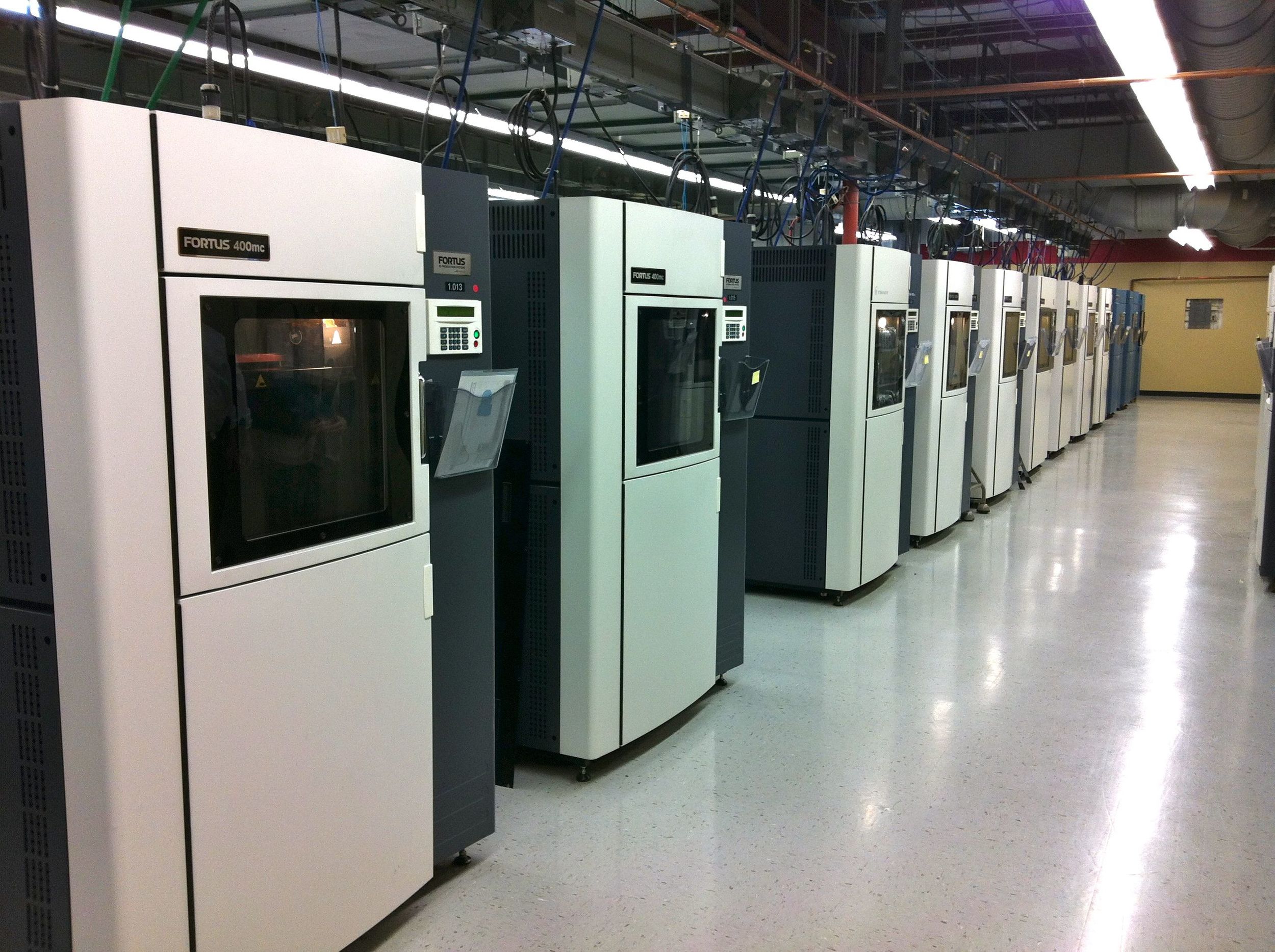We wrote the other day about UL’s examination of 3D printing safety. When they finish, there could be significant trouble for many companies.
The standards organization is apparently beginning an investigation into the use of 3D printing technologies, with particular attention to the increasing variety of materials being used. Are they toxic? In what quantities are they toxic?
There is no doubt that at some point UL will issue standards for 3D printing technologies. Some of them may relate to electrical practices, others safety regarding exposure to pinch or burn risk. Certainly they will declare standards for particle emissions from 3D printing materials.
That’s the most troublesome one, we believe. Here’s how it might play out after UL issues standards: A company wishing to be compliant discovers their floor of industrial 3D printers emits particles far above standards, perhaps due to the age of the equipment, but also because the UL standards weren’t available at the time the equipment was designed.
The company is now compelled to perform an upgrade of their work floor to remedy the particle problem. This could mean replacement of their HVAC systems, often a very pricey undertaking. In some cases it may require equipment downtime in addition to the potentially six-figure cost of upgraded HVAC installation.
The question is, will companies take on the move to new standards if facing significant costs? Some will, but some may not be able to afford the move. It could mean some workplaces would be “unsafe” as per future UL standards.
Something to consider if you’re planning a big expansion in your 3D printer farm.


